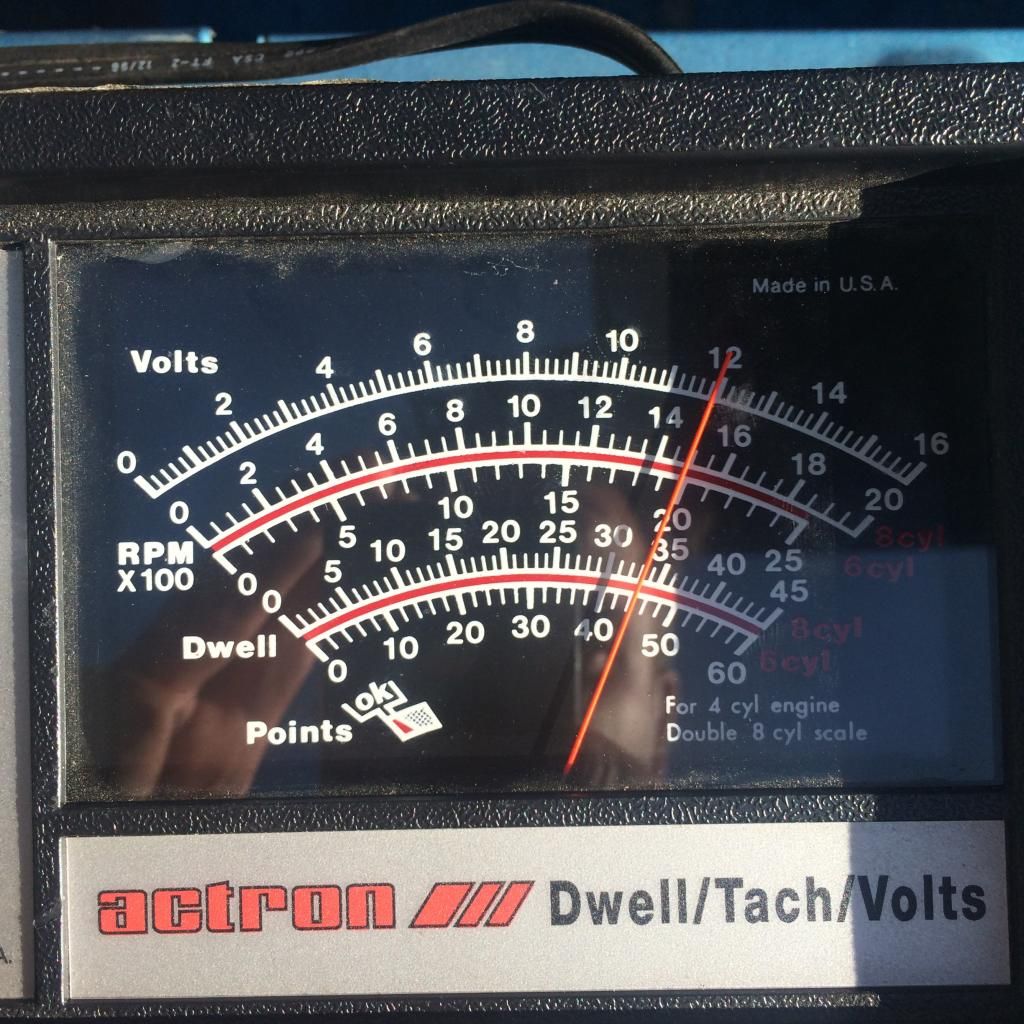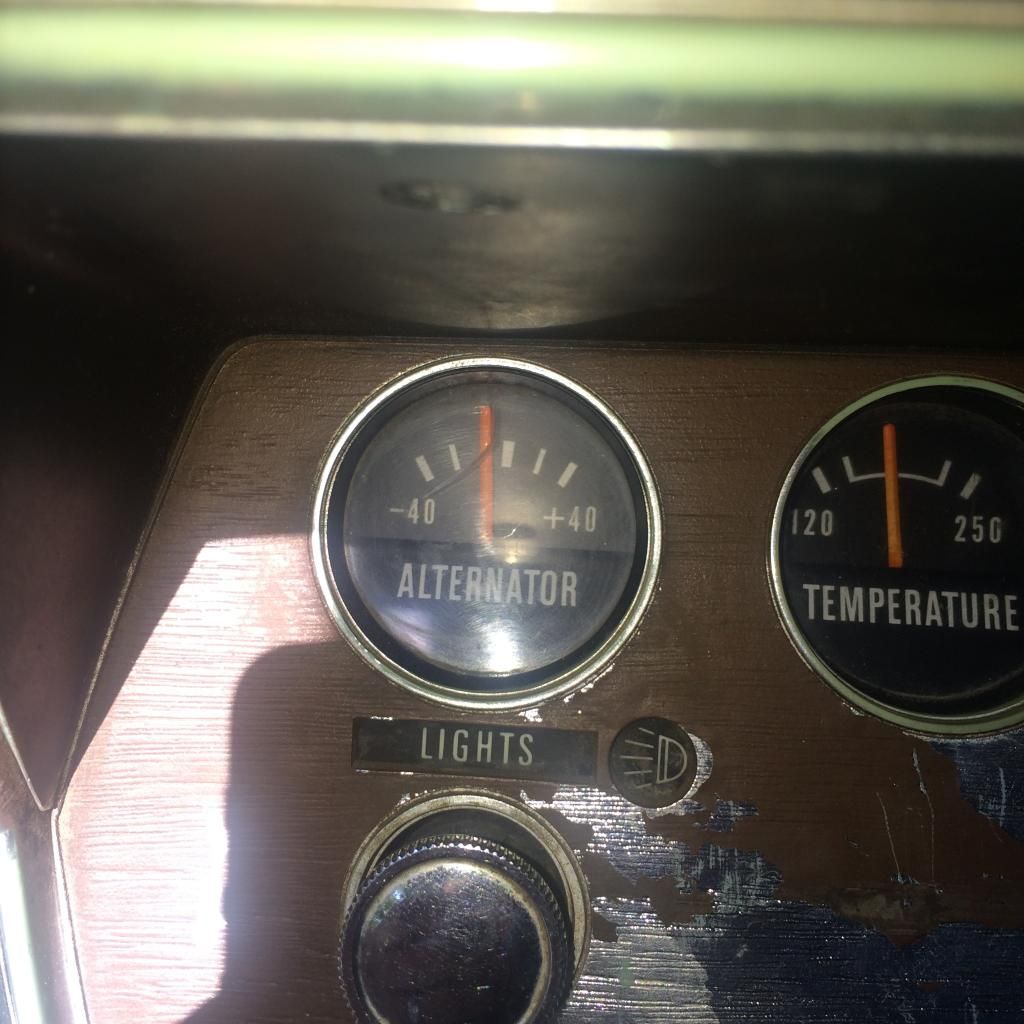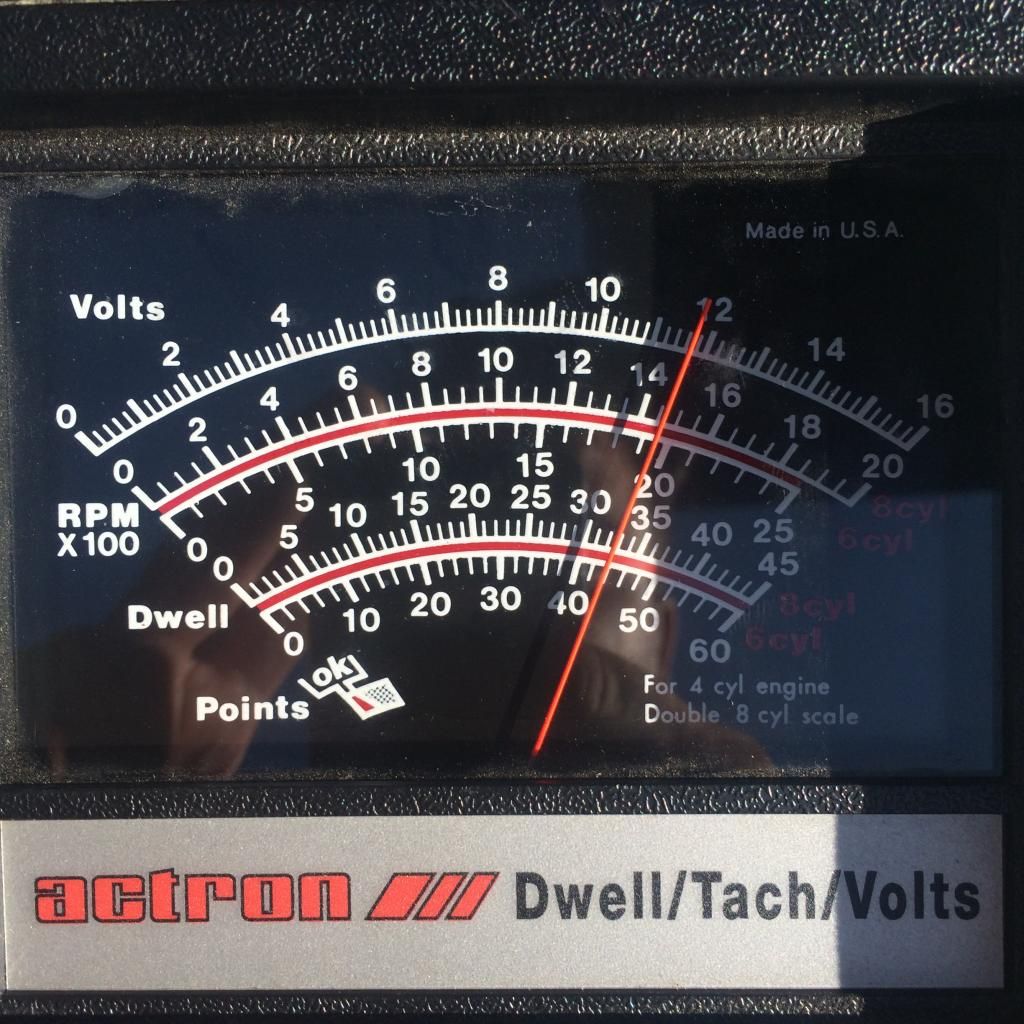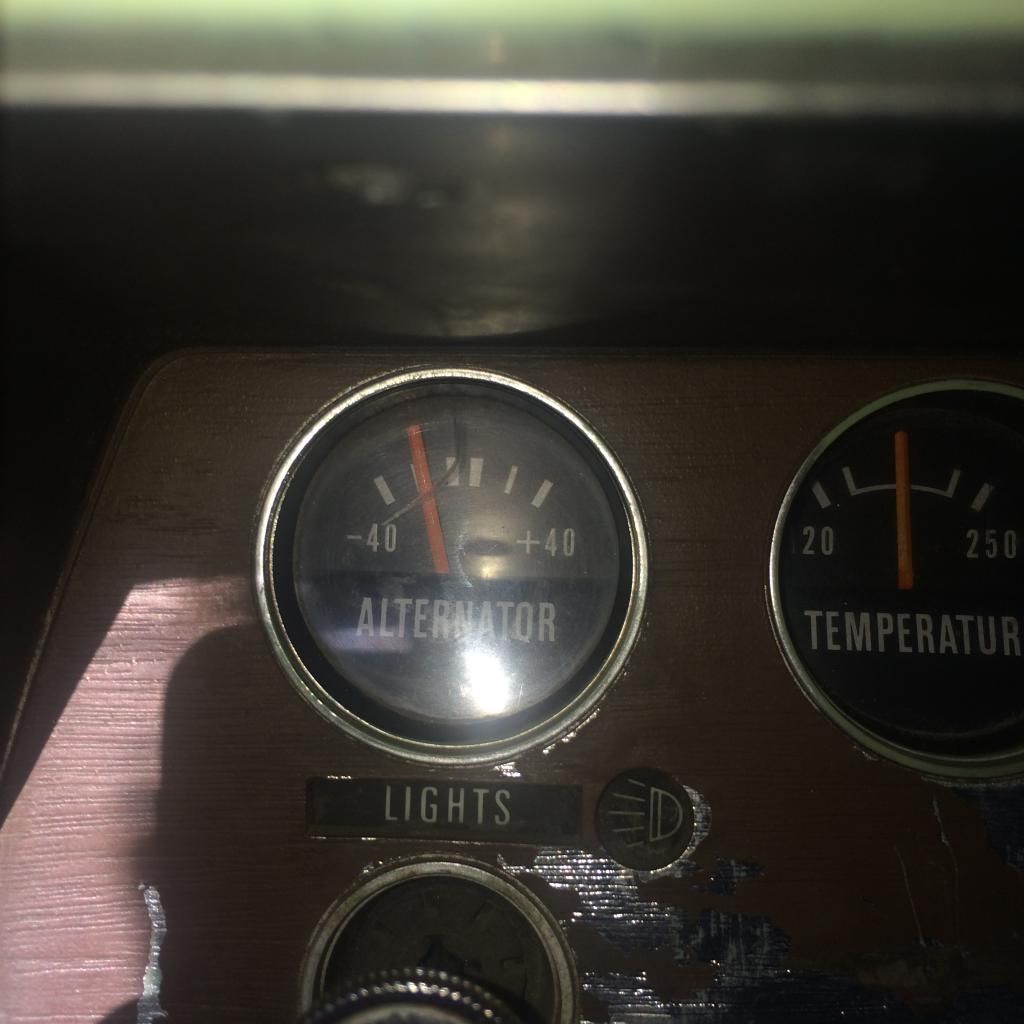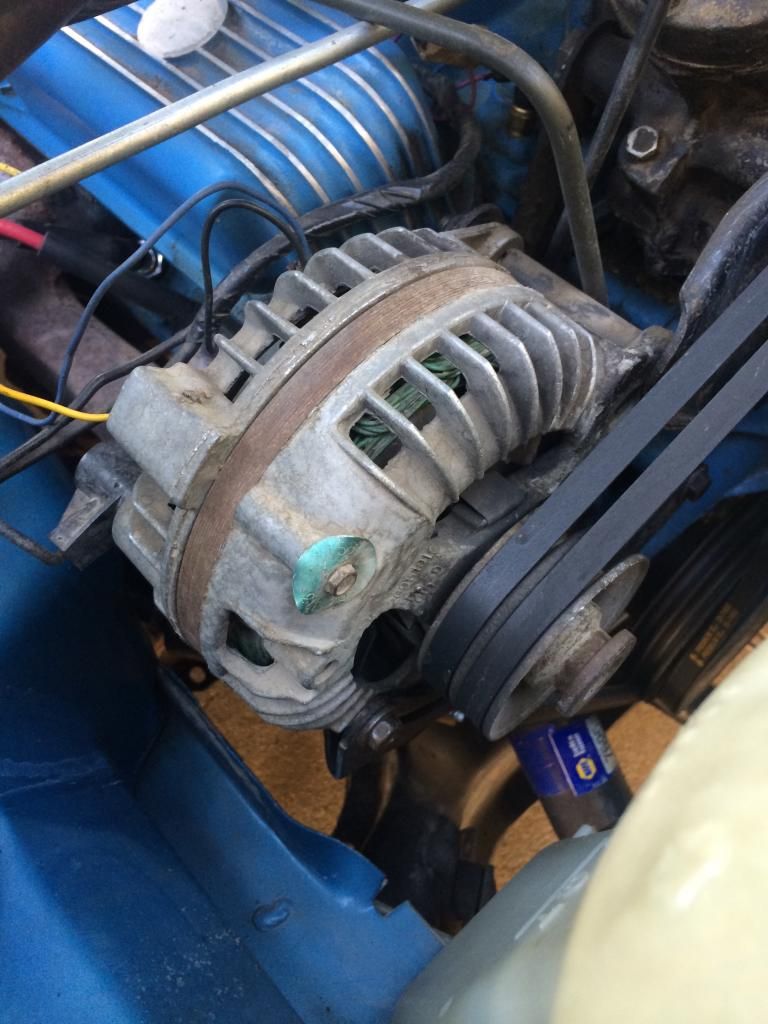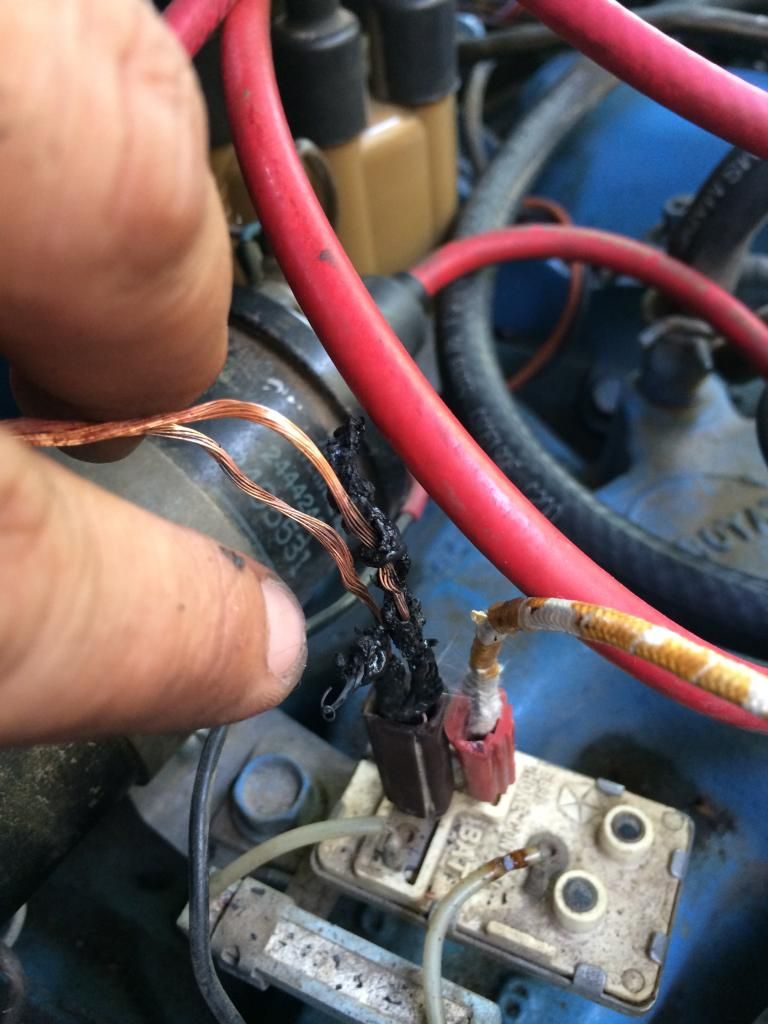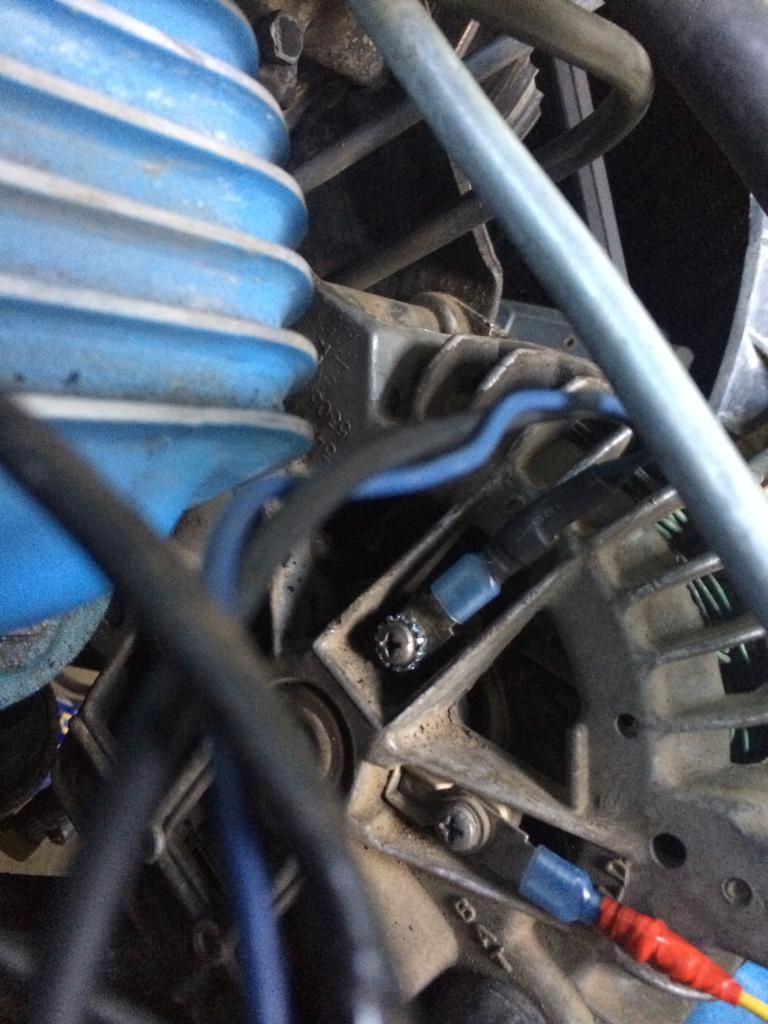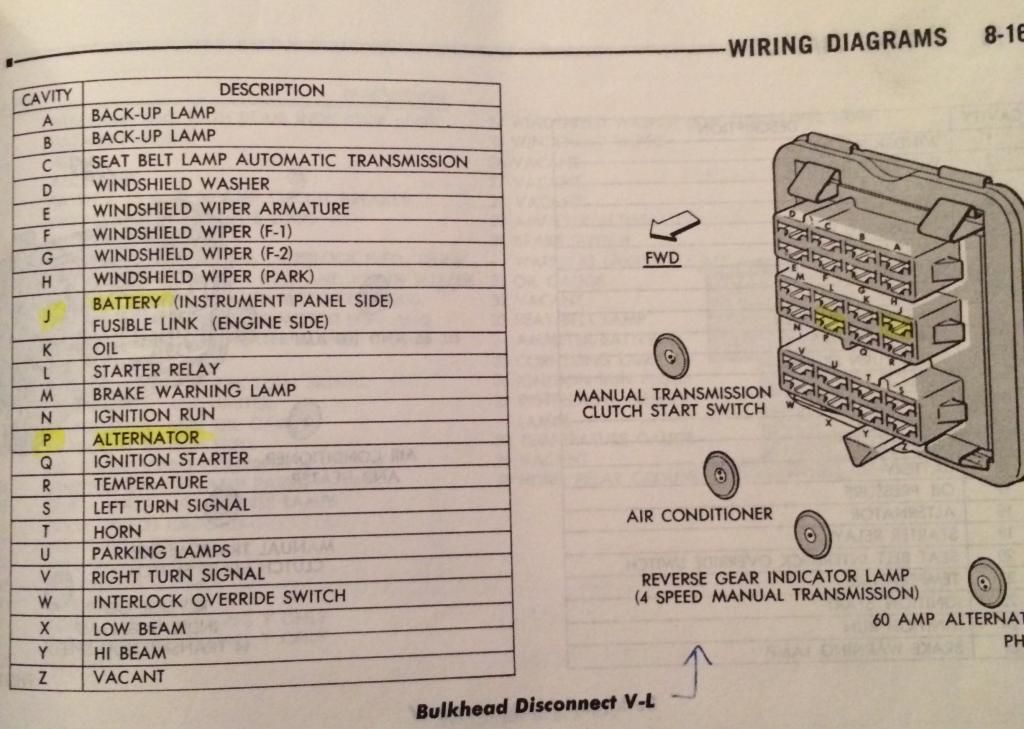You need to follow what "melted." Those are your clues
Let's say power comes FROM the bulkhead on that ignition "run" feed and goes to the choke. Is it melted UP TO that point? Where does it branch off and go to FROM THAT POINT? If it uses that terminal as a junction and feeds from there off to the alternator and it's melted up to the alternator, then the alternator is a suspect
I "hope" you did not cause this in your testing. The blue alternator field wire is in that circuit. That blue field wire feeds power TO the alternator field. If that should become shorted, either because of something you did, or something wrong in the alternator, it could easily have caused that damage.
You have to go "back in time." Up until "smog stuff" there was not much stuff "under the hood" which the blue ignition FED
About all on my original 67 was the ballast and the VR IGN terminal. This is before the new style isolated field alternators, and before electric chokes, or any other smog gear
I guess Ma figured "it was worth the gamble." The original regulators had a "sort of" fuse built in. It was not replaceable, but it would blow out and protect the harness, and if lucky, would allow the car to run and limp home. What I'm saying there is "example" as in a problem / short in the alternator field.
BUT if you did "something" like say, allow the harness to become abraided, worn, bare wires, and short "on the body" ETC, then you could easily burn down the harness.
Now this happened to ME
In the early 70's some girl a-holed my 70 V code RR. While it was being ("fixed") by McCune Chrysler Plymouth in National City, and I do mean "fixed" the insurance co. lent me a loaner car, a beat up 70? Valiant.
One cold morning I started the car at the RADAR shop, let it warm up. My leading Chief, who was ALWAYS doing an impression of Columbo, came into the shop
"I have a question, just one question?"
"Yeh, Chief?"
"Is that loaner car of yours, is is supposed to squeal and smoke under the hood??"
So I go out there, and the alternator is STOPPED. Except the engine and belt are still GOING.
So I shut it off. I get a wrench and a rag. I loosen the belt, and I wiggled the thing for no good reason. And HERE is what happened, "follow along."
It TURNS OUT that a DIODE had fallen out of the frame of the alternator and down inside and STOPPED the alternator. But it had not SHORTED. BUT........LOL.......the WIRE was still connected. And when I came along and wiggled the damn thing, I got to stand there and watch the underhood harness go sssss.s.s.s..ssssssssssssssssss...ppphhhhhhhhhiiiiiiisssssisisiisishitssssssssssshitssssssfffffphphssssTTTT!!!!
And after it got done, the fuse link went "!!phft??!!" and blew out.
It was a mess. A smoking, black, smelly, smoldering mess. And now, I had no car
So I called the dealer, and I said to them, like this:
Send a wrecker out here, and send out another loaner car, because the underhood harness just completely burned up.
So they sent out the green card holder who could barely speak Heenglessh, in a beat up pickup with a set of booster cables.
And he looked under the hood. And he says to me, like this:
"Theese theeng won't run..........ees all burnned up een there!!!"
So I got to wait ANOTHER two hours while the dealer "sent out a wrecker" and "sent out another loaner car."
Hell I could 've had the thing half rewired by the time I got out of there, and it was my day OFF!!!


